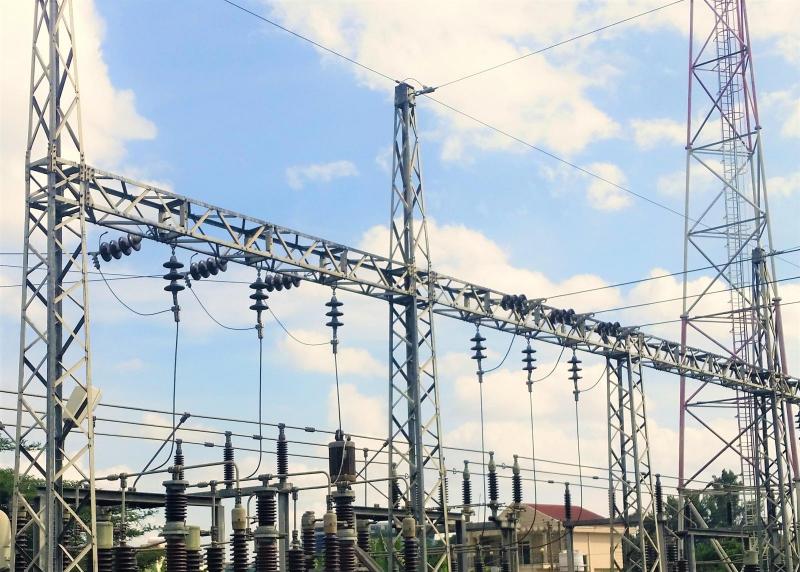Ethiopian Electric Utility Overview: The Ethiopian Electric Utility (EEU) as a public utility enterprise was established for indefinite duration by regulation No. 18/1997 and conferred with the powers and duties of the previous Ethiopian Electric Utility. The purpose of the corporation is to engage in the business of distributing and selling electrical energy in accordance with economic and social development policies and priorities of the government and to carry out any other related activities that would enable it achieve its purpose.
EEU Vision: "Energizing Ethiopia's sustainable growth and enabling it to be the power hub of Africa.”
EEU Mission: "To be a world-class utility and contribute towards nation building by ensuring delivery of cost- effective, safe, reliable and high quality power and to enable interconnections across the African Continent for exporting surplus power. EEU shall strive towards achieving international standards of customer care through sustained capacity building, operational and financial excellence, state-of-the-art technologies while ensuring highest standards of corporate governance and Ethics.”
One of the most urgent challenges facing EEU that the current activity aims to address is an insufficient level of professional skills, knowledge and experience among technicians and engineers operating EEU substations across the country, which leads to substantial economic and sometimes human losses. According to previous assessments, practical hands-on training is particularly needed in the following areas: basics of protection and testing, safety practices, earthing, maintenance of transformers, circuit breakers and other equipment.
In 2017, USEA facilitated three USAID/Power Africa funded training courses on basic and advanced knowledge and skills needed to perform electrical operations and maintenance on a medium voltage distribution substation, established safety procedures, and best utility practices on equipment maintenance for some of the EEU substation personnel. While these trainings were considered extremely useful, they only scratched the surface and showed that it would not be cost-effective to attempt to train all of the EEU substation personnel. A different model – helping EEU build its capacity by preparing their own “in house” trainers – is necessary to maximize the effect and ensure sustainability of the project.

